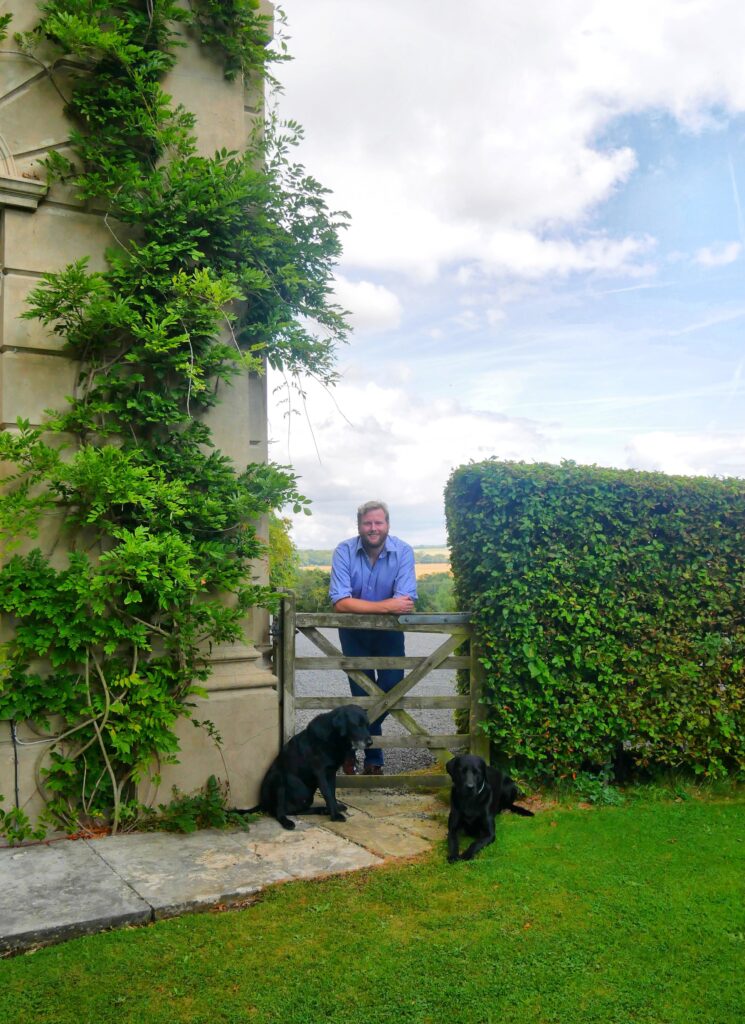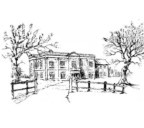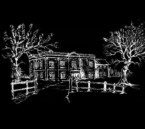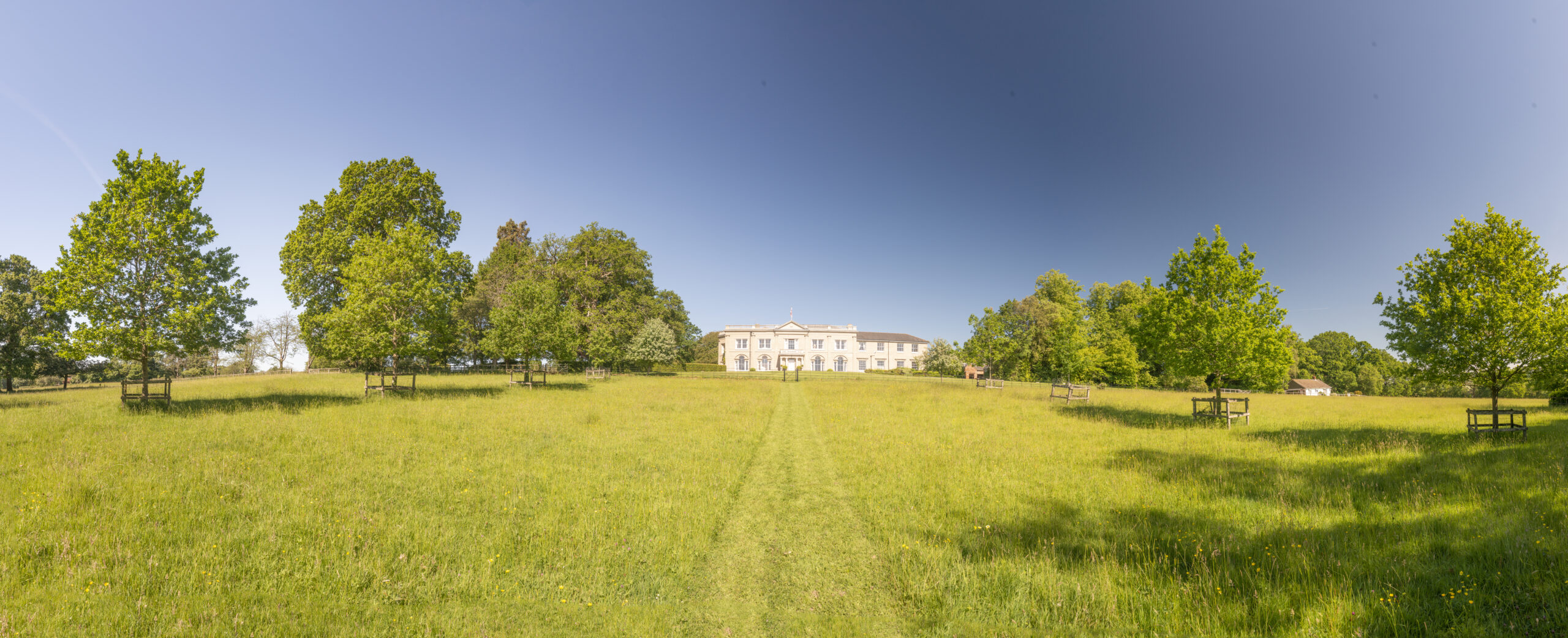
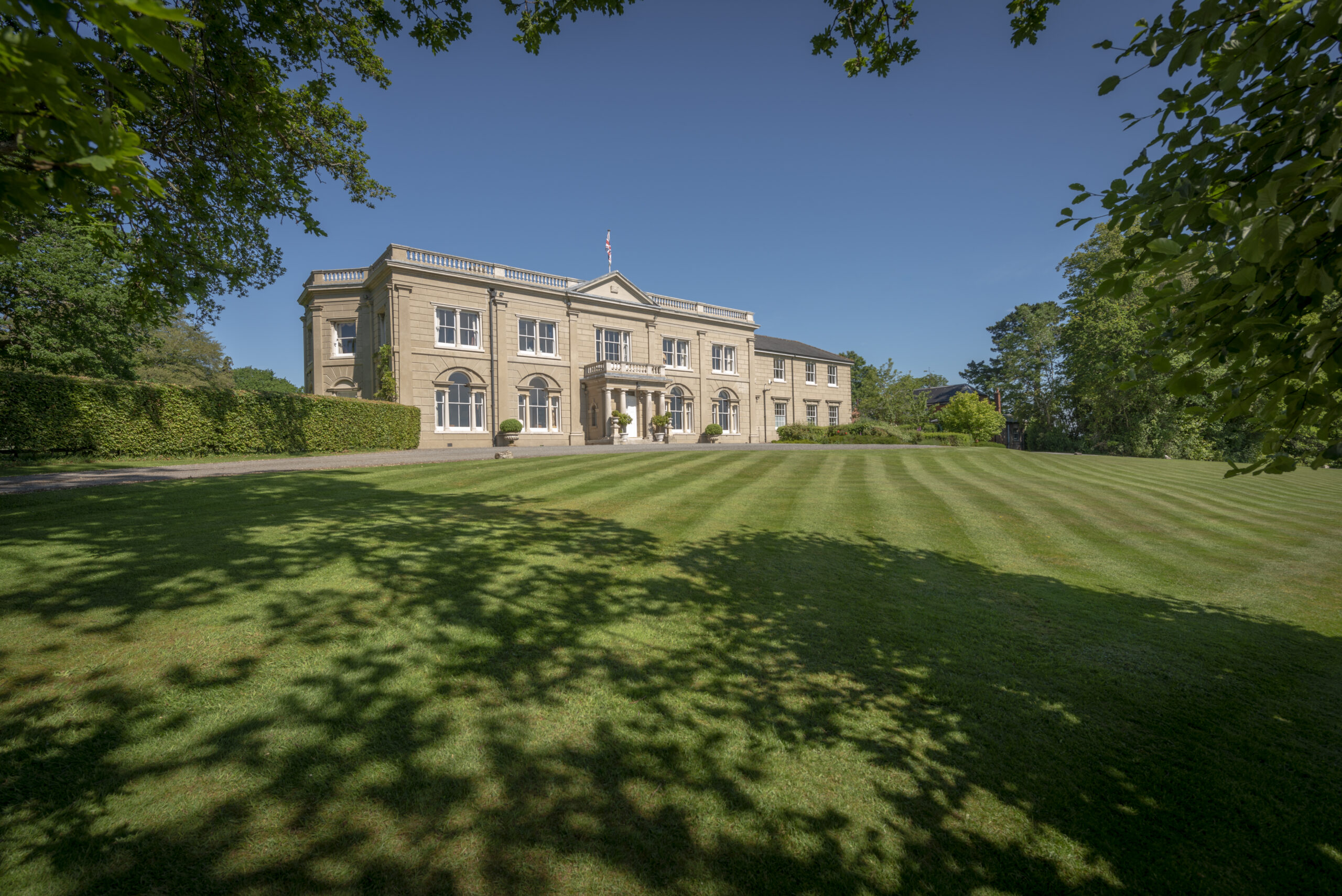
History
Wintershill Hall, a large grey stone mansion surrounded by magnificent trees and gardens, stands upon the top of Wintershill at some 250 feet above sea-level, in the South Hampshire village of Durley. Durley was first mentioned in AD 900 and is recorded in the Domesday Book. The Hall overlooks the lands that used to belong to the Bishops of Winchester, who were Lords of the Manor of Bishops Waltham from 904 to 1836 with their palace in Bishops Waltham. The old Roman main road from Winchester to Fareham and on to the Roman fort and port at Porchester in Portsmouth harbour, goes through the estate in the valley at the bottom of the hill.
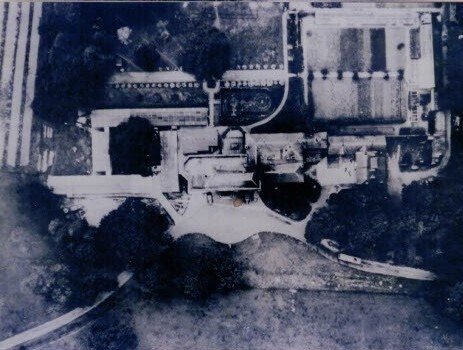
After the end of Roman Britain, the land was settled by Jutes and divided into small holdings (virgates) and an area of common land known as Wintershill Heath. Wintershill would have had a variety of houses to reflect this, and until the mid-seventeenth century the landscape was mainly wooded. The land provided agricultural support from the 12th Century to the Bishops Palace in Bishops Waltham, as well as being used for hunting, and was often visited by Kings and Statesmen, not least by King John who stayed at the Palace. The land that currently forms the estate was Common Land, originally called Parkhurst and Wintershill Heath, which by the time of the Enclosures in the middle of the 19th Century, was then known as Stoudwood Common and Wintershill Common.
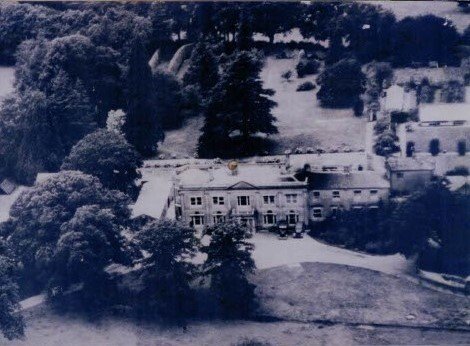
There was certainly a house and farmstead on Wintershill from the 18th Century and is shown on the OS 1838 Tithe map of Upham. Wintershill become an estate after the Enclosure Acts in the 1850’s, when it was acquired and enclosed by George Henry Stares in 1852. He built the first substantial stone house then called Wintershill House, developed the current substantial garden and created the parkland, covering virtually the same area that it does today. Many of the clumps and individual trees shown in the OS map of 1871 still survive today. After his death his widow lived here until it was sold in 1888 to John Snow Moss, a sporting man who hunted the local area with a pack of basset hounds. He enlarged the house in 1902, adding a stone facade and renaming it Wintershill Hall. The lodges at the end of the two main drives were also built at this time.
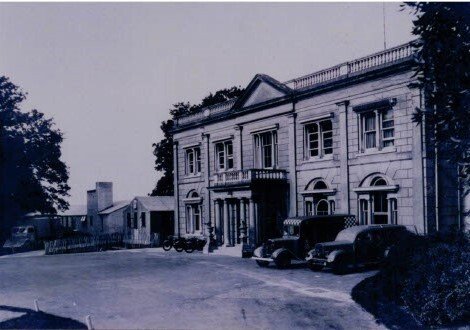
THE WAR YEARS
In World War 1 Wintershill Hall was used by the Hampshire Ambulance Service as a base. The Montefiore family bought the house in 1937 from the Moss family. In World War 2 the Hall was initially used from September 1939 to October 1941 as a school for children evacuated from Gosport. The school was then moved at very short notice to the Memorial Hall as Wintershill Hall was requisitioned as the Headquarters of the Hampshire Fire Service, to ensure a safe location away from the heavy bombing of Portsmouth and Southampton. The lower lawn was covered in Nissen huts for offices and additional accommodation, and a new sewage system was installed to cope with the extra numbers.
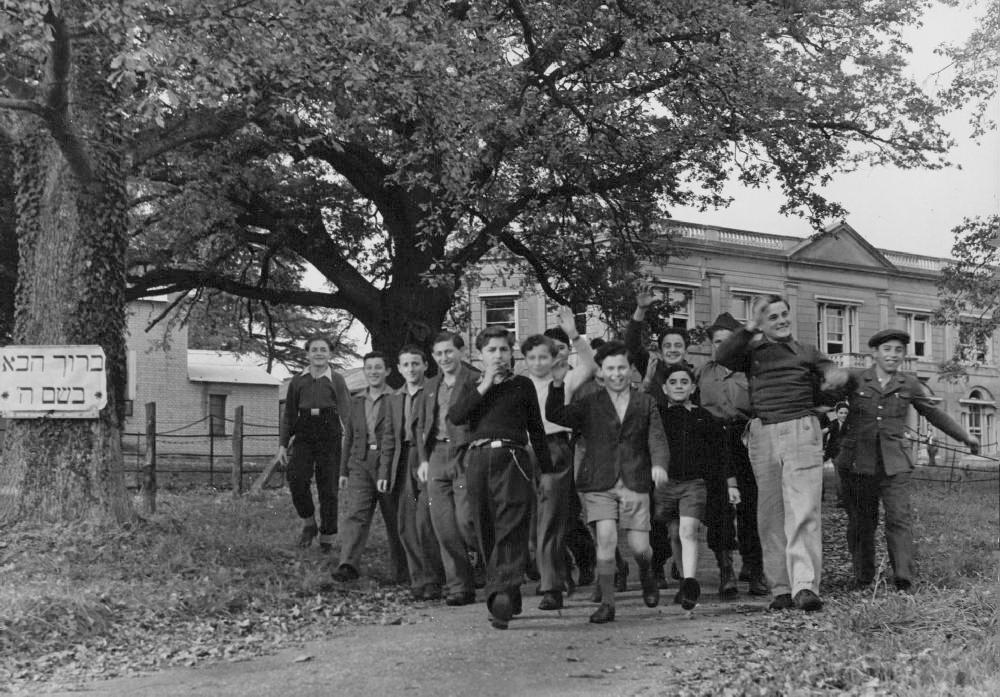
POST WAR
After the war James Montefiore helped to rescue a number of orphan Jewish children from Belsen concentration camp in Germany and brought them here to start their recovery. Between November 1945 and August 1946, 152 children came through Wintershill Hall before being settled in this country or in North America. The Coach House was used as the sick bay, and Wintershill’s part in the overall scheme to bring to the UK and settle Jewish orphans is contained in the book “The Boys” written by Martin Gilbert in 1996.
OUR HISTORY
Wintershill has been lived in by the Balfour family since 1948 and is run by the family, along with an arable farm in nearby Twyford, as a nature friendly environmentally sustainable estate promoting natural and diverse wildlife schemes. The venue is managed by Edward Balfour who has over ten years experience in the hospitality sector working for wedding venues and five star hotels where he has enjoyed worked closely with couples to ensure that their big day is a success.
